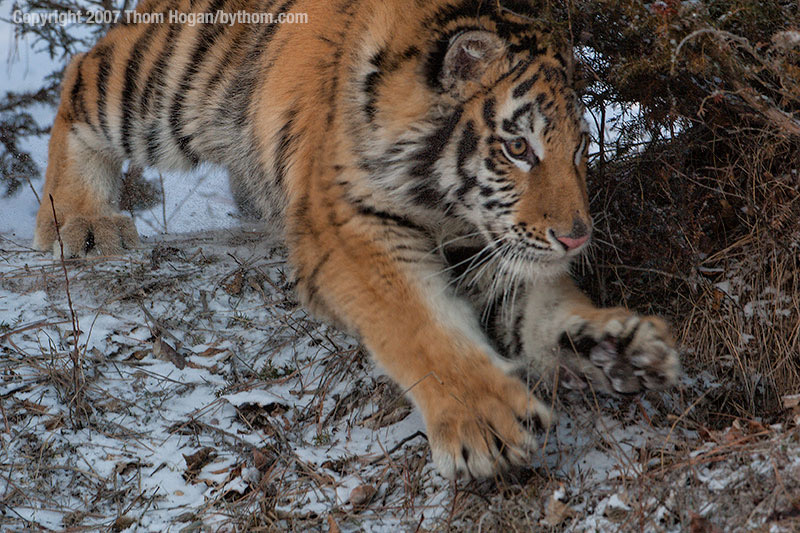
One thing I keep writing about is the necessity of depth cues in a photo. It doesn’t matter whether you’re using your widest angle lens or your longest telephoto, the real question is whether the image is “flat” and distancing or whether it has depth and a direct and visceral immediacy to it. As if you were there and are seeing it as you’d see it were you there.
Before we go further, let me state that there are times and reasons to photograph “flat.” But when you create flat images you tend to be pushing your viewer away from the subject, suggesting isolation; you’re not grabbing them and pulling them into the wall and suggesting immediacy. So if you photograph flat, be plenty sure that the subject matter you’re dealing with and the statement you’re trying to make about your subject supports that.
I talk a lot about what the eye does when looking at an image. When you have depth to a photo you are (or should be) working that aspect. I’ve pointed out before that our eyes have to take in the brightest areas in a photo, always. While the left side of this image is “brighter” than the right, note that bright spot just to the right of the Siberian’s head. That brightness will act as a gravitational pull for your viewer’s eyes, which is great, because that’s where I want your eyes to go.
The animal’s eyes are another place the viewer’s eyes have to go, too. That’s one reason why we pros tend to say “focus on the eyes.” This was one of the few times this captive animal wasn’t looking directly at me, which is good because otherwise your interpretation of this image would be “I wonder what happened to Thom after he took this photo.”
The real thing that drives the depth cues here is the diagonal line of the animal. Too many animal photos are head-on or side-on. Flat. The diagonal adds energy and depth cues. Let me ask it this way: is this animal getting closer to you, further from you, or staying the same distance from you? Yep, it’s that first answer that is providing some of the depth excitement to this image. Getting further from you might add some depth cues, but wouldn’t be as involving. Staying the same distance from you means you’d better have depth cues in the areas in front of and in back of the animal or you don’t have depth at all, and we’re essentially distancing you from the animal (or, if you’re using a really long lens, then you get the vouyer’s viewpoint, as if you’re spying on the animal).
I wish I hadn’t used such a small aperture. It would be nice if focus also supported the depth cues (e.g. eyes in focus, hind quarters not). That coupled with the top crop point—I thought he was going to jump up over me, not down towards my feet—make this image slightly less involving than it could be. Still, I think you feel the immediacy of the image. This animal is close, moving, and intent on something, and most of my decisions are supportive of that.
So next time you’re out photographing, ask yourself this: what’s the immediacy ingredient to it? What did I do in the composition and technical decision making to make the viewer feel like they’re right there? This is one reason why I dislike zooms most of the time (hint: this image wasn’t taken with a zoom). The tendency is just to zoom to compose, and then we get the voyeur’s effect at the long end most of the time simply because you didn’t move your position forward enough to start capturing depth cues.
